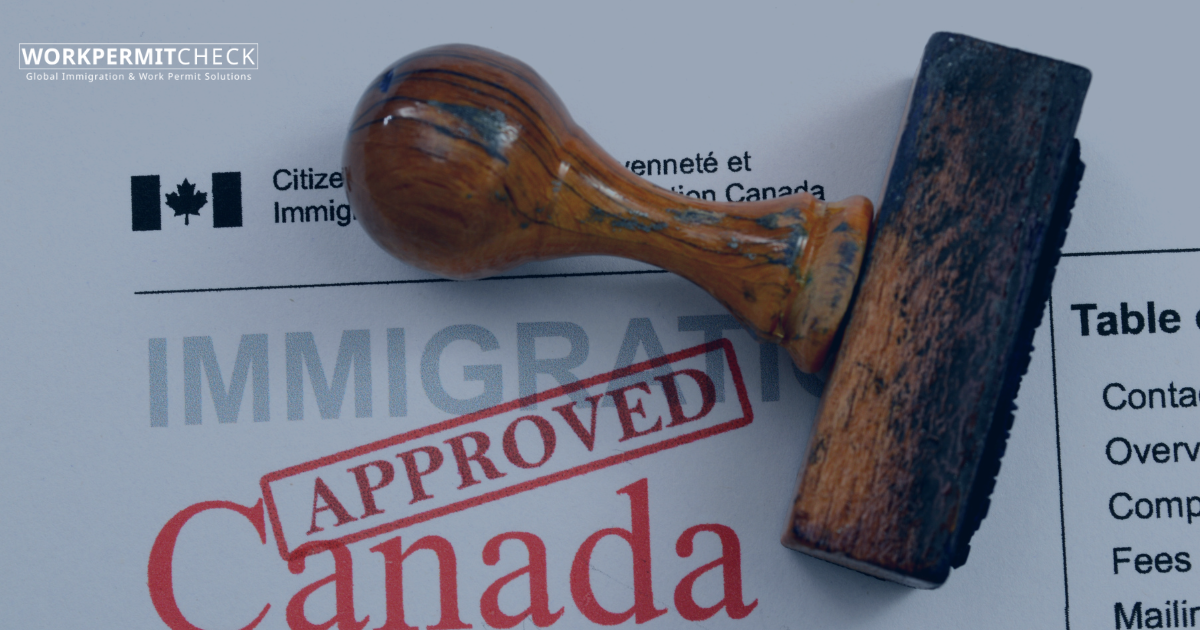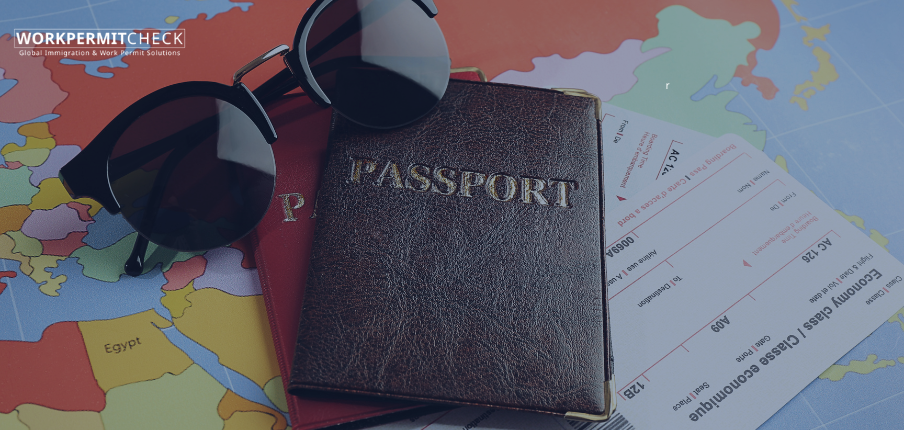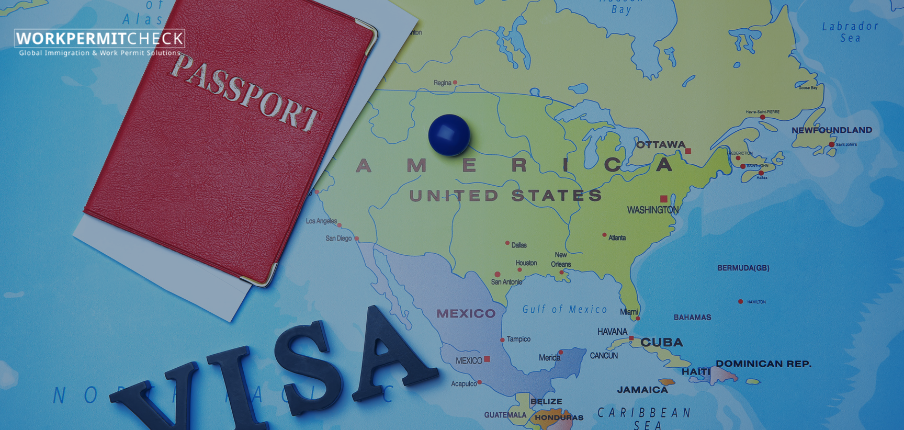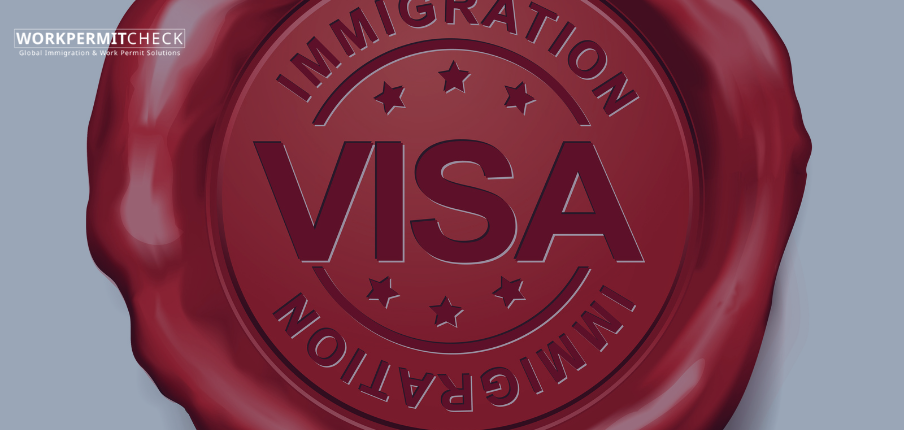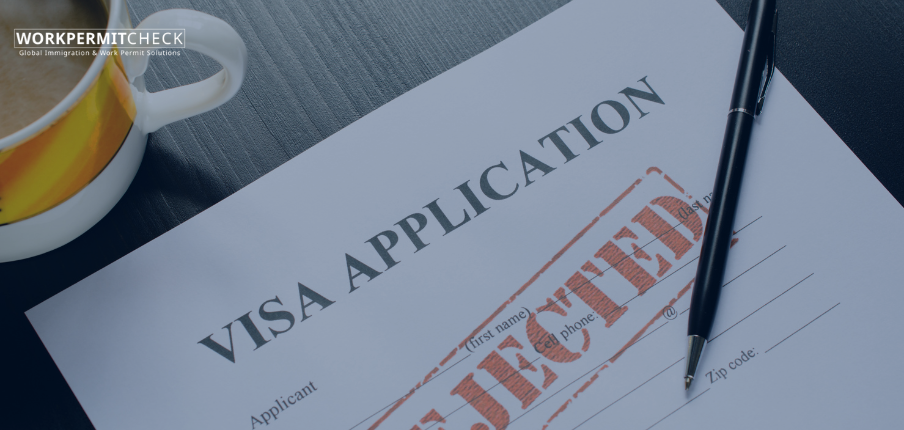If you’re exploring job opportunities in Canada or planning to hire a foreign worker as an employer, you may have come across the term LMIA—short for Labour Market Impact Assessment. This document plays a key role in Canada’s temporary foreign worker programs, and understanding it is essential for both applicants and employers.
Understanding LMIA
An LMIA is a formal assessment issued by Employment and Social Development Canada (ESDC). It determines whether hiring a foreign worker will have a positive, neutral, or negative impact on the Canadian labour market. In simple terms, it is meant to ensure that no Canadian citizen or permanent resident is available to fill the job before offering it to a foreign national.
Without a valid LMIA, most employers in Canada cannot legally hire foreign workers for temporary jobs, and foreign workers cannot apply for certain types of work permits.
When is an LMIA Required?
An LMIA is usually required when:
-
An employer in Canada wants to hire a foreign worker for a temporary job.
-
The position is not LMIA-exempt, meaning it doesn't fall under any international agreement or special program.
-
The employer is not hiring through the International Mobility Program (IMP).
Jobs requiring an LMIA fall under the Temporary Foreign Worker Program (TFWP).
LMIA Process: What Employers Must Do
For employers, the LMIA process involves several steps:
-
Recruitment efforts: Employers must prove they tried to hire a Canadian citizen or permanent resident first.
-
Submit an application: Employers apply to ESDC and provide job details, wages, working conditions, and proof of recruitment.
-
Pay fees: There is a CAD 1,000 processing fee per position (as of 2025).
-
Await decision: ESDC evaluates the application and may issue a positive or negative LMIA.
If the LMIA is approved, the employer receives a positive LMIA letter, sometimes referred to as a confirmation letter.
What Happens After an LMIA is Approved?
Once an employer receives a positive LMIA:
-
The foreign worker can use it to apply for a closed work permit, tied to that specific employer and job.
-
The application is submitted to Immigration, Refugees and Citizenship Canada (IRCC).
How Long is an LMIA Valid?
Most LMIAs are valid for 6 months from the date of issue. The foreign worker must apply for the work permit during this period. After that, the LMIA expires.
LMIA Exemptions
Not all foreign workers need an LMIA. Some work permits are issued under the International Mobility Program (IMP), which includes:
-
Intra-company transferees
-
Post-Graduation Work Permit (PGWP) holders
-
Spousal work permits
-
NAFTA or CUSMA professionals
These are typically exempt due to broader economic or cultural benefits to Canada.
Why LMIA Matters
The LMIA helps protect Canadian jobs and ensure fair treatment in the workplace. It maintains balance between filling labour shortages and safeguarding employment for residents. However, the process can be complex, time-consuming, and costly—especially for small businesses.
Source
-
Government of Canada: https://www.canada.ca/en/employment-social-development/services/foreign-workers.html
Disclaimer
This blog post is for informational purposes only and does not constitute legal or immigration advice. LMIA rules and requirements may change. Always consult official government sources or a certified immigration consultant before making decisions. WorkPermitCheck.com is a private service provider and does not issue visas or LMIA approvals.
FAQs
1. Can I apply for a work permit without an LMIA?
Yes, but only if your job is LMIA-exempt under programs like the IMP.
2. Is LMIA needed for permanent residency?
Not always, but a valid LMIA can support your PR application through Express Entry.
3. How long does it take to get an LMIA?
Processing times vary. It may take weeks to months, depending on the job type and location.
4. Does LMIA guarantee a work permit?
No. A positive LMIA helps, but you must still meet IRCC’s eligibility criteria for a work permit.
5. Who pays for the LMIA fee?
The employer is responsible for the CAD 1,000 fee. It cannot be charged to the worker.






